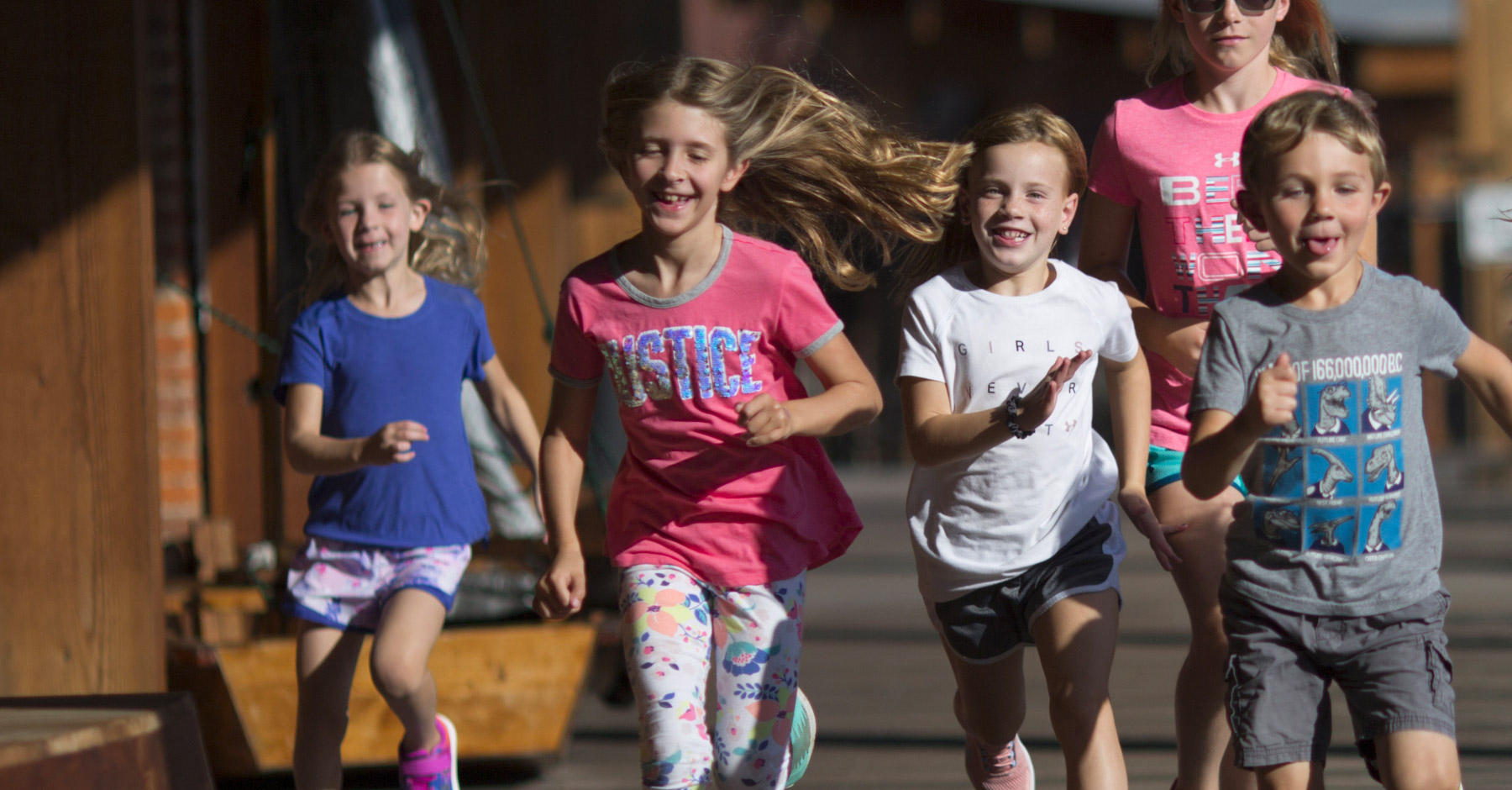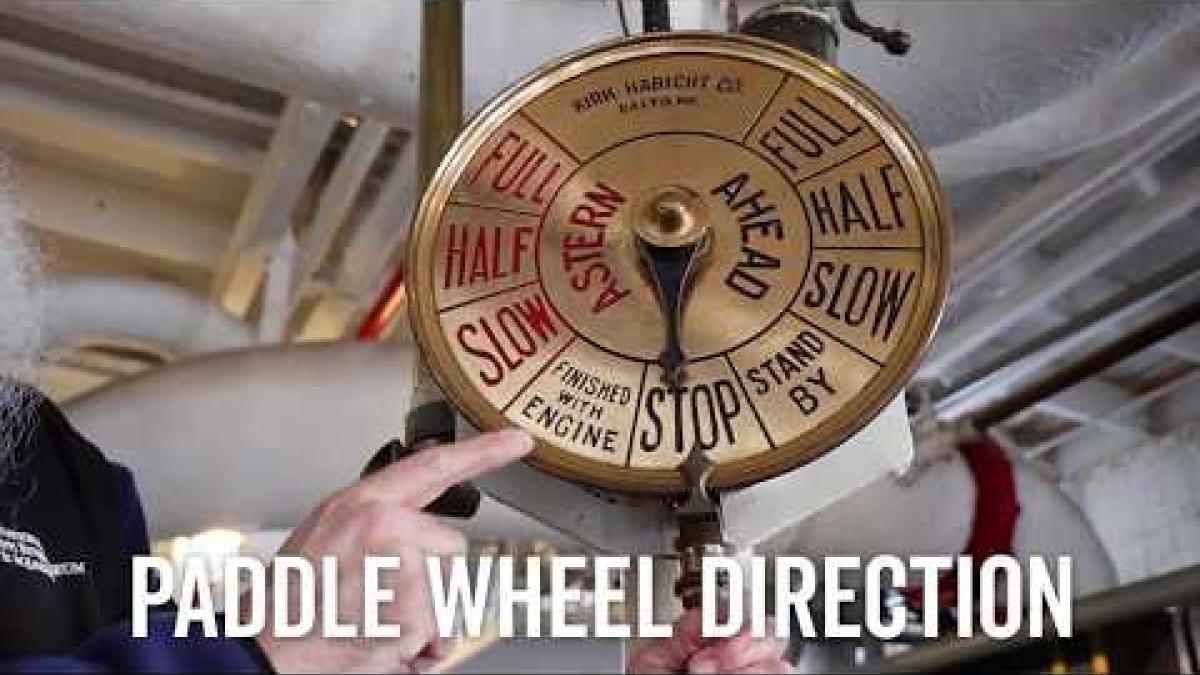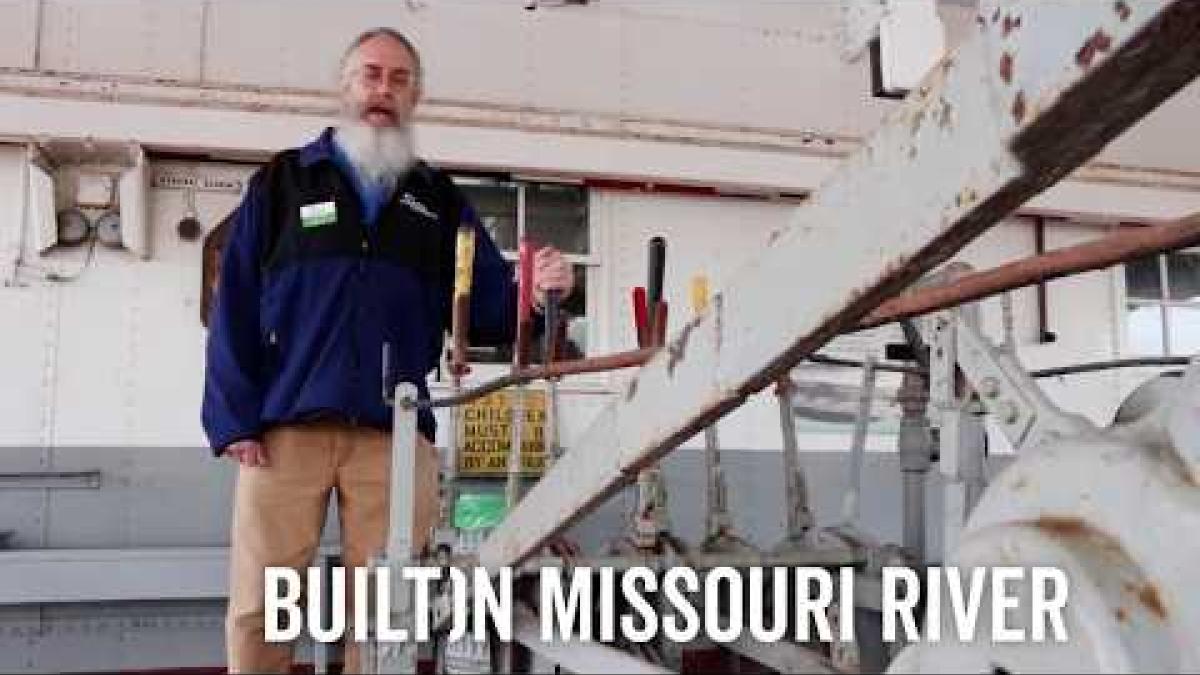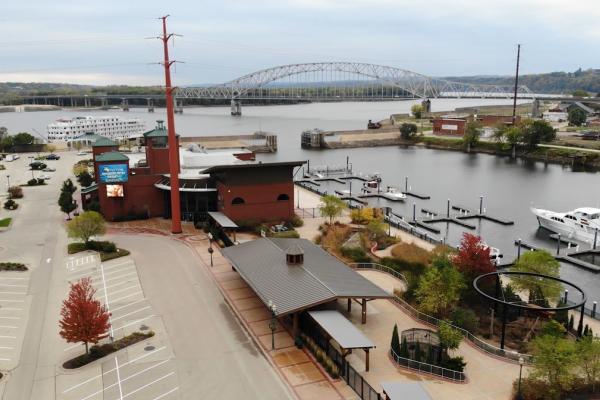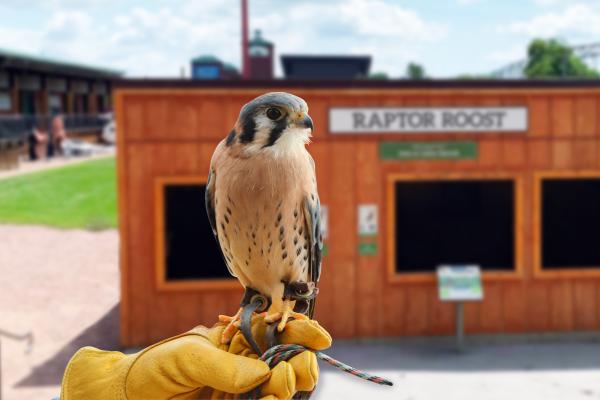This page is intended to provide you with educational history, science and conservation content from the National Mississippi River Museum & Aquarium and Mathias Ham Historic Site.
What you'll find on this page!
- Lesson Plans
- River Museum Videos
- Animal Collection Links
- Historic Collections Links
- National Rivers Hall of Fame Links
Saltwater Lesson Plans
Watershed Hopping
Students will learn what a watershed is and label some of the watersheds within the United States (Pre and Post Visit Activity)
Writing a Climate Change Story
Students will research vocabulary words and then write a work of fiction to share (Pre and Post Activity)
Create Your Own Sustainable Island
Students will research ways islands deal with environmental impacts and then design their own imaginary island that highlights conservation and sustainable practices.
Gulfing Up Troubles!
Students will make observations while on their field trip that helps them understand a species’ adaptations, challenges, and ways humans may help.
Plastics in the Ocean
Students will learn about plastics in the ocean and then create an informational poster to share.
Rivers to the Sea Scavenger Hunt
Click below for a worksheet for students to use while self-guiding through our saltwater gallery.
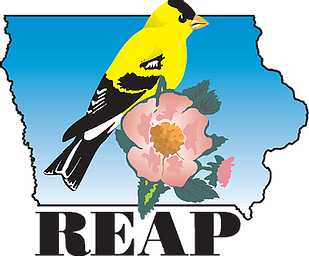
Lessons Plan Development funded by the Resource Enhancement and Protection Conservation Education Program (REAP CEP)
Animal Videos
River Otter Training
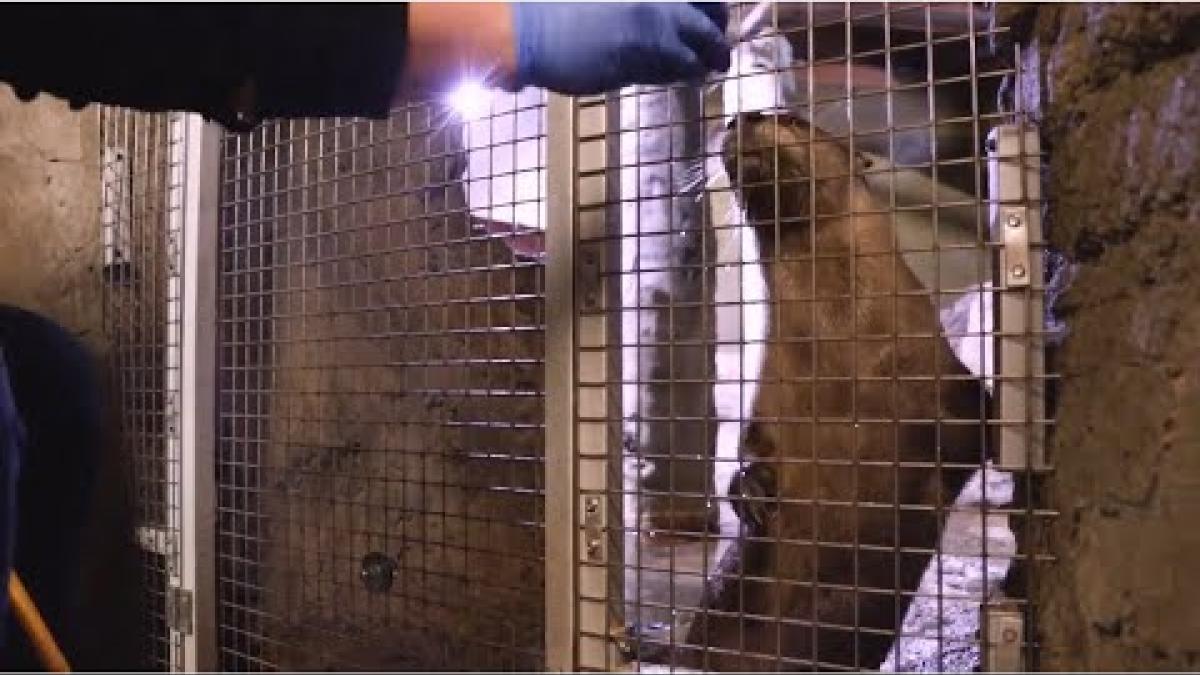
Ideas to continue the conversation
North American River Otters are mammals that live in an aquatic habitat. Think about what makes an animal a mammal, then list other aquatic mammals that could live in your area.
Our two youngest North American River Otters came to the River Museum as orphans. Check out the moment our keepers introduced them to each other.
Bald Eagle Talk
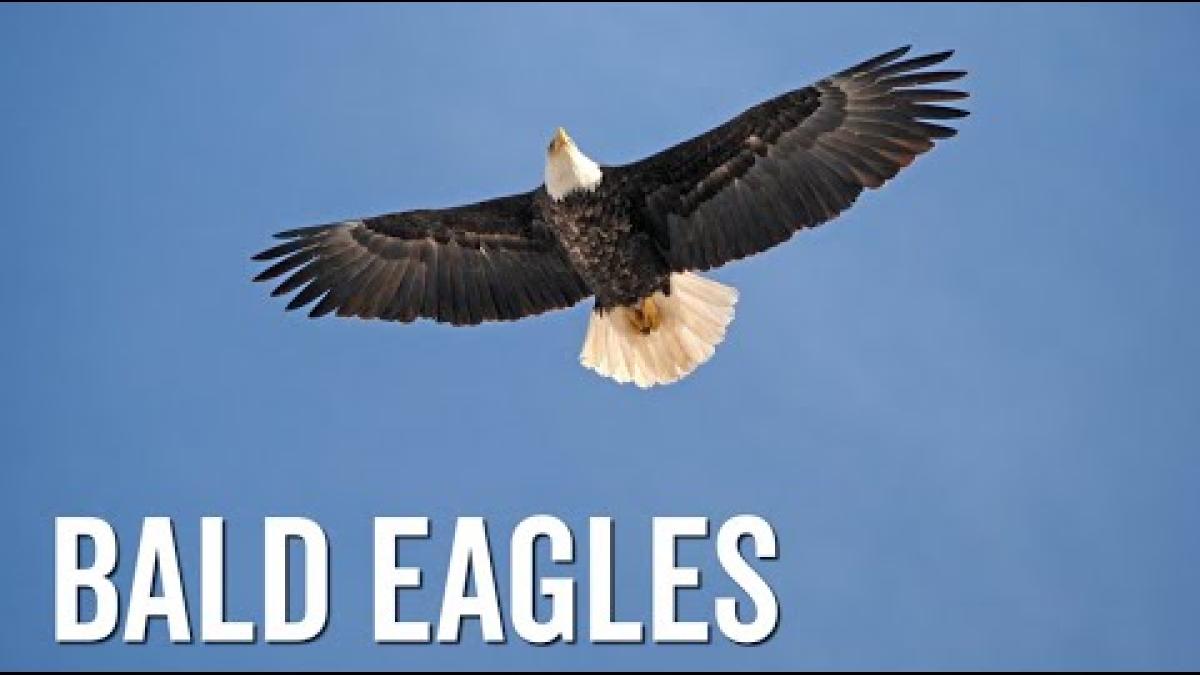
Ideas to continue the conversation
A Bald Eagle is one apex predator along the Mississippi River, can you think of others? Look at an entire map of the Mississippi River and consider all the different animals and habitats that could live along its path.
You may have spotted a Bald Eagle nest from the ground, but you likely couldn't see inside. With the assistance of technology, we have the opportunity to observe the growth of Bald Eagles from a tree top perspective. You can too thanks to the Raptor Resource Project's Decorah
Eagle Cam!
Delta Broadcast Feeding and Enrichment
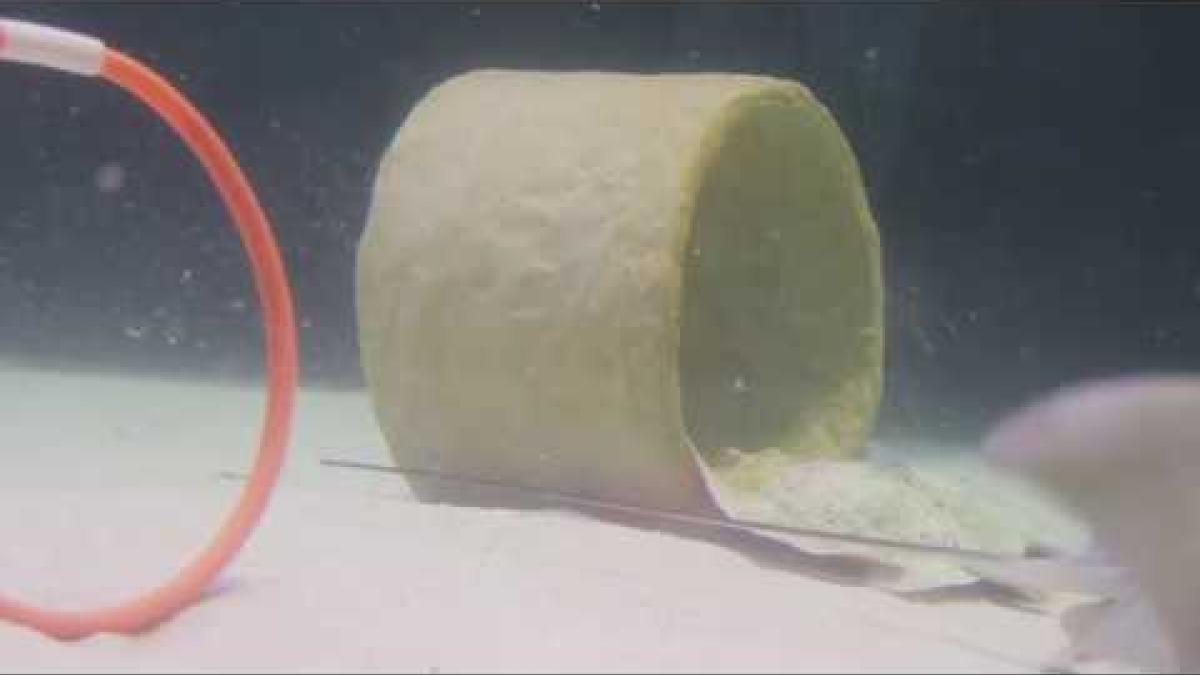
Ideas to continue the conversation
Similar to you, Stingrays have their favorite enrichment items. What are some of your favorite foods, toys, or games? How do they make your life or environment better?
Stingrays' mouths are on the underside of their body! Can you think of other animals like this? Click the button below to watch stingrays eat from another angle!
Yellow Stingray Training
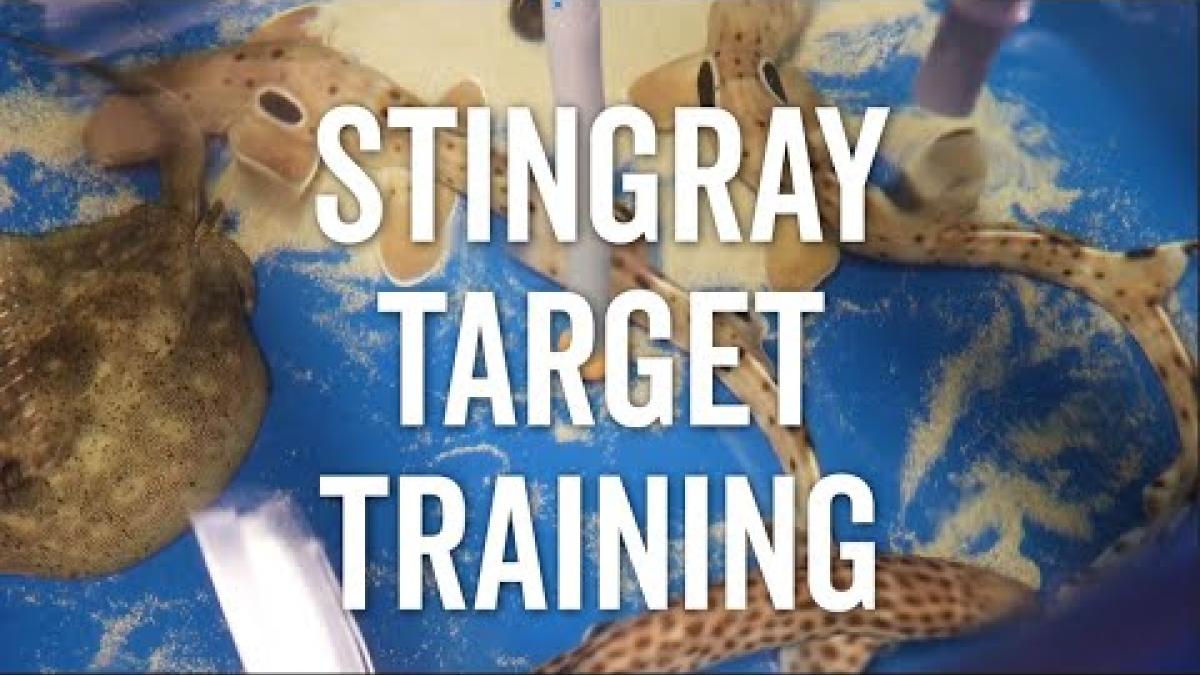
Ideas to continue the conversation
What are some different rewards you may get for completing a task or chore around your home?
As you grow older, how might those tasks and rewards change or evolve?
Beavers and their Mississippi River Impact
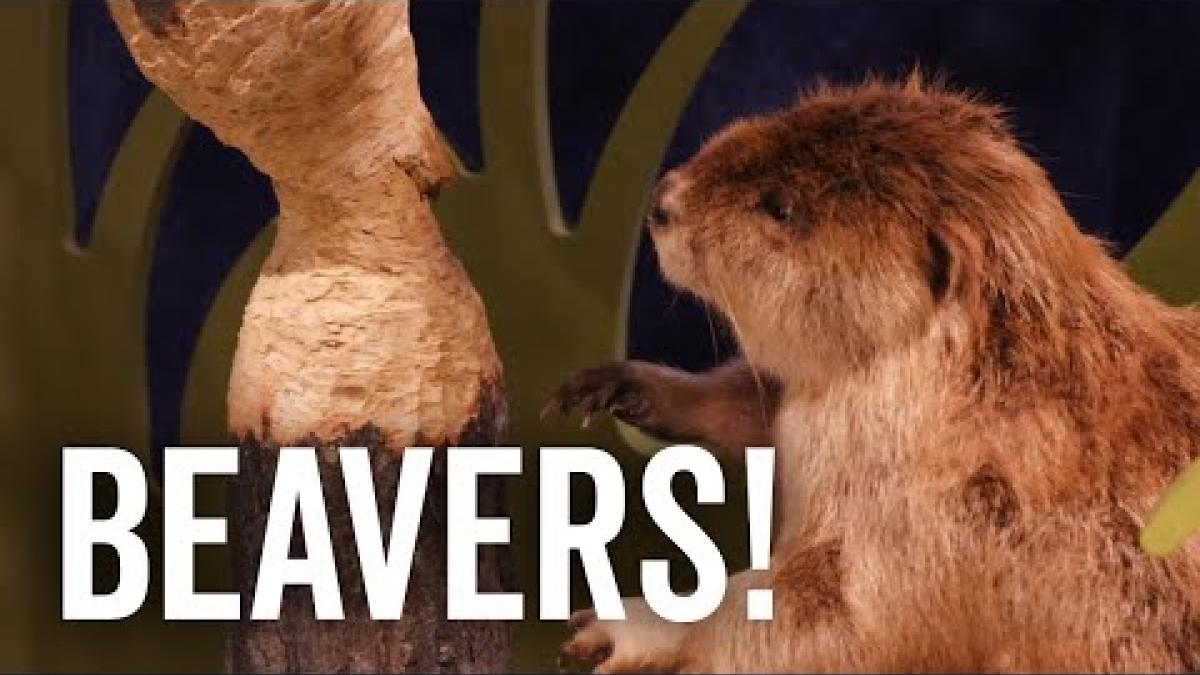
Ideas to continue the conversation:
What are some items around your home that could be used to build a dam-like structure?
Can you think of other animals with adaptations that allow them to perform strong feats?
Historical Videos
River Museum Featured on “Into the Outdoors”
In a July 2023 episode of “Into the Outdoors,” the River Museum was featured, and staff members talked about how navigation changed our waterways. Watch the classroom video below and download the lesson plan!
William M. Black: Engine Room Communication
William M. Black: The Dustpan
Victorian Easter Egg Dyeing
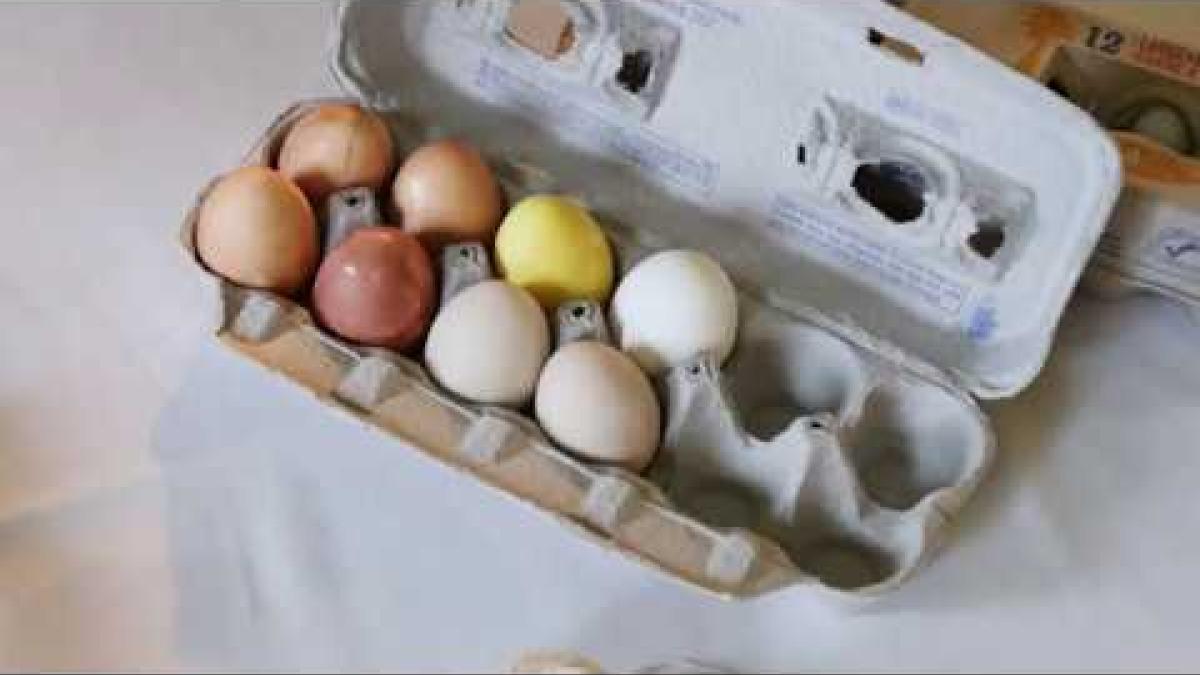
Ideas to continue the conversation
Can you do as the Victorians did? Can you find other items in your home that would work as a dye for eggs?
Wearing an Easter bonnet at a Sunday service is another tradition that spans many years. Our site coordinator at the Mathias Ham Historic Site shared her thoughts on the Easter bonnet and its importance to this celebration.

